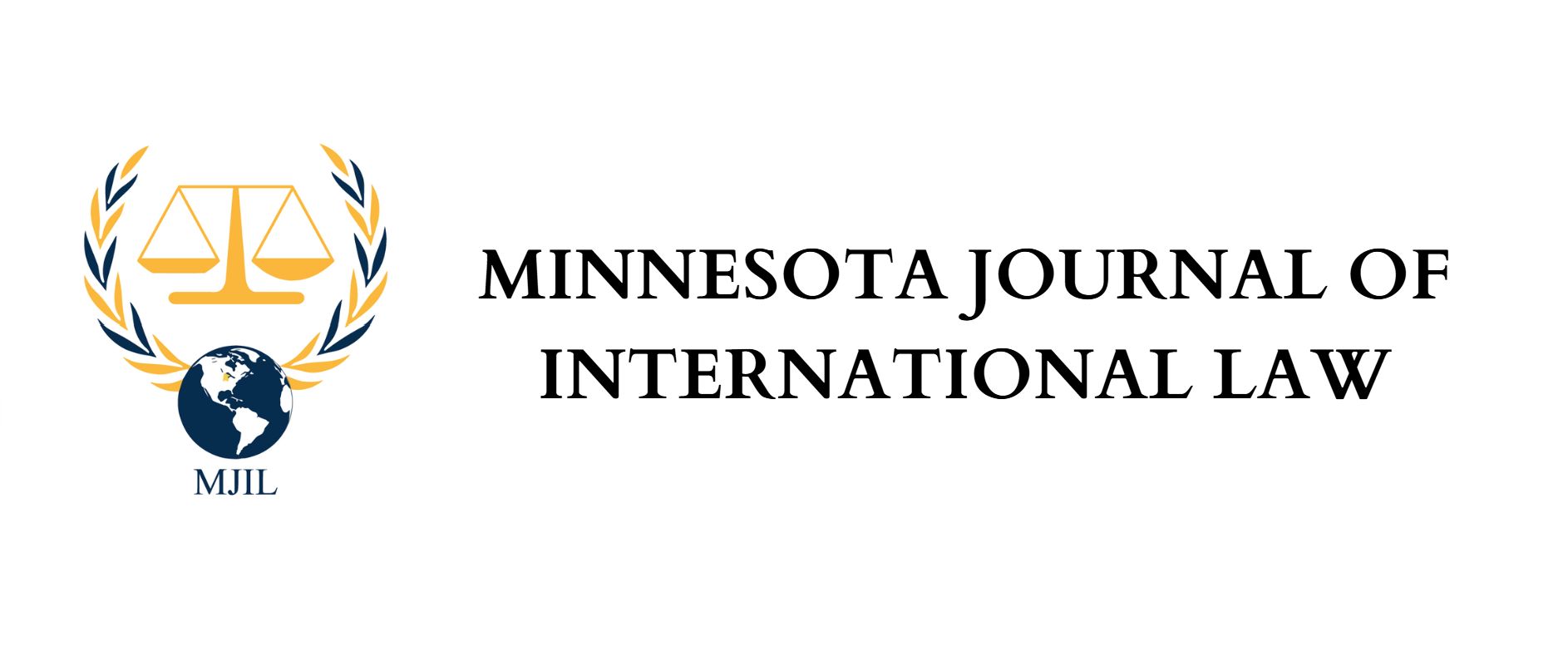By Lexie Robinson
The Migrant Protection Protocols (known as the ‘Remain in Mexico’ protocol) “authorizes the Government to return certain third-country nationals arriving in the United States to Mexico or Canada for the duration of their removal proceedings.”[1] This means that asylum seekers traveling through Mexico from other countries can be sent to border cities in Mexico while awaiting their asylum decisions in the United States. From January 2019 through January 2021, over 71,000 asylum seekers were sent to Mexico under this protocol.[2] Many of the asylum seekers forced to remain in Mexico are from the Northern Triangle—El Salvador, Honduras, and Guatemala.[3] These migrants are often seeking refuge in the United States in response to gang violence, sexual violence, extortion, and poverty in their home countries.[4]
This protocol—implemented under the Trump Administration[5]—has yielded national[6] and international[7] criticisms among immigration experts and human rights organizations. The Biden Administration attempted to stop the inhumane Remain in Mexico protocol, but Texas and Missouri are challenging the abrupt halt in the protocol in federal court.[8]
In August 2021, the Supreme Court denied the Biden Administration’s request for a stay on a district court injunction requiring the Biden Administration to continue the Remain in Mexico protocol.[9] In December 2021, the Court denied the Biden Administration’s request to vacate the stay on the injunction.[10] This means that the President and the Department of Homeland Security must honor the injunction and continue to enforce the Remain in Mexico protocol at the borders.
Mexican border cities, where asylum seekers are sent to wait during their removal proceedings, are notoriously dangerous. In fact, the U.S. State Department categorized the Mexican border state of Tamaulipas as posing the highest safety risk (Level 4) in 2021 due to crime and kidnapping.[11] While this risk level means U.S. citizens are advised not to travel to this region, the Remain in Mexico protocol means the U.S. systematically sends thousands of vulnerable and defenseless asylum seekers to these very border states.
Mexican border cities are especially dangerous for targeted groups like asylum seekers. For example, Human Rights First tracked at least “6,356 kidnappings, sexual assaults, and other violent attacks” against asylum seekers impacted by the Remain in Mexico protocol as of August 2021.[12] Asylum seekers come to the United States to seek refuge from violence, persecution, and human rights violations. The Remain in Mexico protocol places asylum seekers in additional danger, with limited access to attorneys, while they wait for their asylum hearings in the United States.[13] In many instances, the protocol sends migrants back to the same violent conditions that they are fleeing.
Not only does the Remain in Mexico protocol place asylum seekers in grave danger, but it also violates international law. The United States ratified the Convention Against Torture and Other Cruel, Inhuman or Degrading Treatment or Punishment (CAT) in 1994.[14] Article 3 of CAT states that “No State Party shall expel, return (“refouler”) or extradite a person to another State where there are substantial grounds for believing that he would be in danger of being subjected to torture.”[15] The United States is violating Article 3 of CAT by returning vulnerable asylum seekers to Mexico throughout their asylum process.
To both protect asylum seekers and act in compliance with ratified international law, the United States must stop the Remain in Mexico protocol immediately.
[1] Texas v. Biden, 10 F.4th 538, 543 (5th Cir. Aug. 19, 2021).
[2] TRAC Immigration, MPP (Remain in Mexico) Deportation Proceedings—All Cases (database updated November 2021), https://trac.syr.edu/phptools/immigration/mpp/.
[3] Doctors Without Borders, No Way Out: The Humanitarian Crisis For Migrants And Asylum Seekers Trapped Between The United States, Mexico and The Northern Triangle of Central America 5 (Feb. 2020),https://reliefweb.int/sites/reliefweb.int/files/resources/Doctors%20Without%20Borders_No%20Way%20Out%20Report.pdf.
[4] Id. at 4.
[5] Texas v. Biden, 10 F.4th at 543(“On December 20, 2018, the Trump Administration implemented MPP in response to an immigration surge at the southern border.”).
[6] See Sec’y Alejandro Mayorkas, U.S. Dep’t of Homeland Sec., Termination of the Migrant Protection Protocols (Oct. 29, 2021) https://www.dhs.gov/sites/default/files/publications/21_1029_mpp-termination-memo.pdf.
[7] Matthew Reynolds, United Nations High Commissioner of Refugees, UNHCR Comment on Reinstatement of U.S. Policy That Endangers Asylum Seekers (Dec. 2, 2021), https://www.unhcr.org/en-us/news/press/2021/12/61a8eeef4/unhcr-comment-reinstatement-policy-endangers-asylum-seekers.html.
[8] Texas v. Biden, 2021 U.S. Dist. LEXIS 152438 (N.D. Tex., Aug. 13, 2021).
[9] Biden v. Texas, 2021 U.S. LEXIS 3678 (U.S., Aug. 24, 2021).
[10] U.S. v. Texas, No. 21–588 (21A85) (U.S. Dec. 10, 2021).
[11] U.S. State Dep’t, Bureau of Consumer Affairs, Mexico Travel Advisory (December 8, 2021), https://travel.state.gov/content/travel/en/traveladvisories/traveladvisories/mexico-travel-advisory.html.
[12] Human Rights First, Human Rights Travesty: Biden Administration Embrace of Trump Asylum Expulsion Policy Endangers Lives, Wreaks Havoc (Aug. 2021) https://www.humanrightsfirst.org/sites/default/files/HumanRightsTravesty_FINAL.pdf.
[13] See, e.g., TRAC Immigration, supra note 2 (Showing data that less than 10% of asylum seekers kept in Mexico during their asylum proceedings have legal representation).
[14] Convention against Torture and Other Cruel, Inhuman or Degrading Treatment or Punishment, Dec. 10, 1984, 1465 U.N.T.S. 85.
[15] Id. at art. 3.
